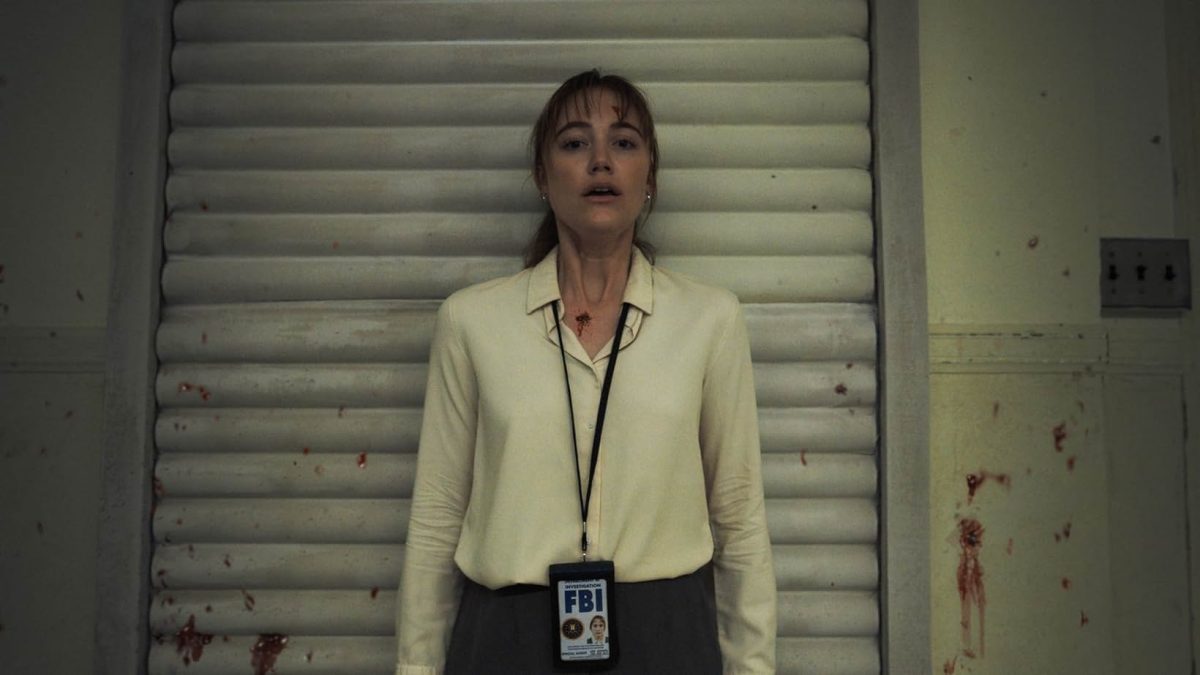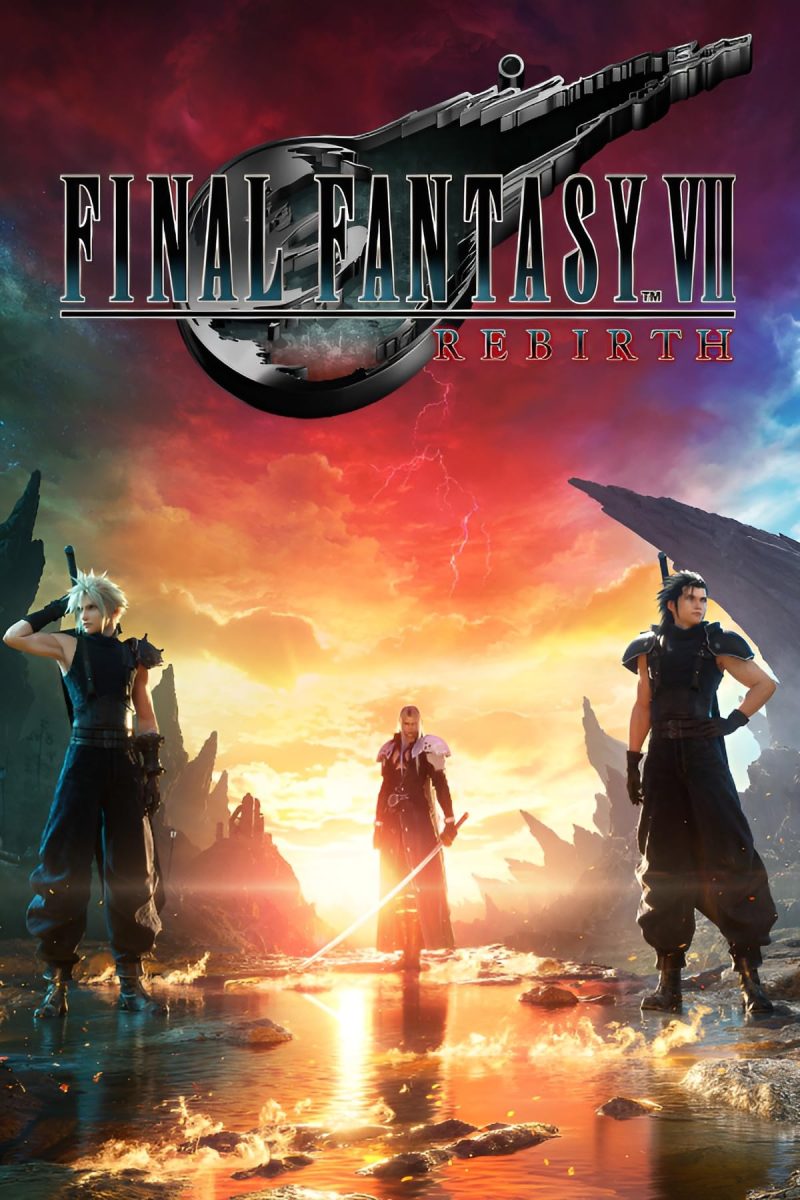In recent years, “The Legend of Zelda” brand has become a behemoth in game sales.
Though the series was already quite popular, record-breaking successes such as “Breath of the Wild” (2017) and “Tears of the Kingdom” (2023) cemented the franchise as an indubitably all-time great. Oftentimes, “The Legend of Zelda: A Link Between Worlds” is a forgotten member in the progression of the series’ blossoming.
“The Legend of Zelda: A Link Between Worlds,” released in North America 10 years ago on Nov. 22, 2013, is a 3DS top-down action game and spiritual successor to 1991’s “A Link Between Worlds.”
The game is set in the kingdom of Hyrule and follows the protagonist, Link, as he prevents the evil sorcerer Yuga from merging Hyrule with its dark counterpart Lorule.
The main mechanic of the game is Link’s ability to shift into a painting, allowing him to traverse walls horizontally. This mechanism allows for the series’ staple puzzle-solving nature to develop a deeper dimension. Rooms can be explored in both 2D and 3D, shifting between perspectives to better place Link around a map.
Get The Daily Illini in your inbox!
At the time, the nonlinear nature of the game’s story progression was rare within the franchise. In order to progress, Link must first collect three amulets in order to receive the master sword.
Afterwards, Link must save the seven sages in order to unlock the final dungeon. The order of amulet collecting can be done in any order the player sees fit. The same applies to the seven sages.
The openness of the narrative allows for the player to trek the worlds at their own pace and skill level. If one dungeon is too hard, the player may gather resources in another before attempting it again.
The nonlinear aspects of “A Link Between Worlds” set the foundation for later installments of the series. “Breath of the Wild” and “Tears of a Kingdom” expound on this concept of nonlinearity, making it a focal point of their gameplay.
Items are used to brighten the combat system in “A Link Between Worlds.” Whether it be a tornado rod that causes enemies to lift off or a hook that can stun, the large arsenal of weaponry allows players to create a build that best fits their preferred fighting style.
Each dungeon in the game implores the player to master the usage of an item: The sand rod is imperative to navigating through the harsh sand dungeon, and the ice rod is necessary to freeze the harsh magmas of the fire-themed Turtle Rock dungeon. The tactic of forcing specific item usage ensures that the player will experience a variety of mechanisms, avoiding the usual limitations of top-down action games.
Each dungeon also allows for a unique puzzle-solving experience that is reminiscent of older titles, though not identical. For example, the Swamp Palace is an available dungeon in both “A Link to the Past” and “A Link Between Worlds”; however, the latter takes the water thematicism and compounds upon greater than the former could with its 2D graphics.
The Swamp Palace uses shaders to signify the amount of water present. When raising and lowering the water level, the player is required to take note of how high the water is.
In past installments of Zelda, such mechanics were limited to a binary view of water: whether or not water was present. Instead, water levels can be different heights. This allows for each dungeon chamber to have a multitude of different traversals, whether that be by different water levels, by walls as a painting or a combination of both.
Players must think across a multitude of axes to solve such puzzles, providing a unique challenge not seen by previous “Zelda” games.
“A Link Between Worlds” was not a complete reimagination of “The Legend of Zelda” games at the time of release. Nevertheless, it successfully set the groundwork for later additions to astound gamers beyond their imagination. “A Link Between Worlds” may often be forgotten in the canon of “The Legend of Zelda” games; however, its impact will not.














